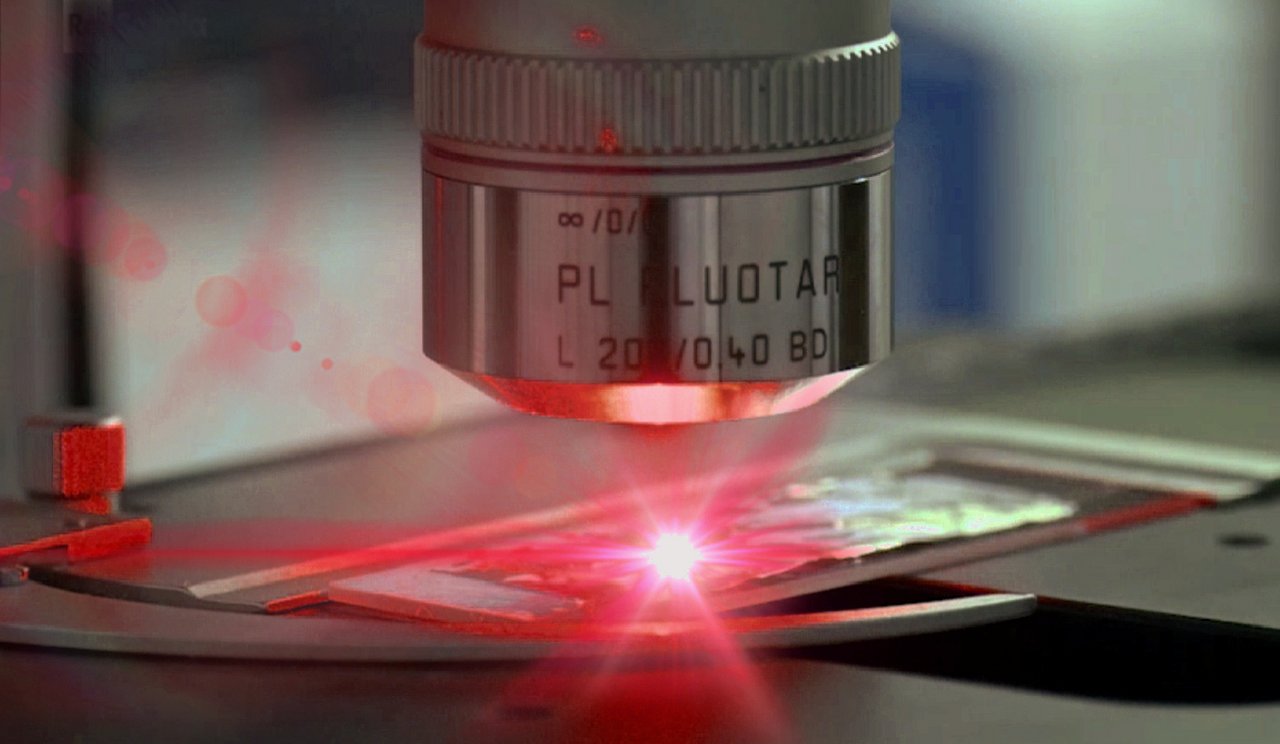An optical filter at the service of medicine
A team composed of researchers from Politecnico di Milano and from CNR (the National Research Council of Italy) with the Institute for Photonics and Nanotechnologies (CNR-IFN) and the Institute for Genetic and Biomedical Research of Milan (CNR-IRGB), the Specto Photonics start-up and Humanitas, has developed an innovative birefringent optical filter that allows measuring the elasticity of sub-cellular structures such as bone tissues with ever increasing precision.
The goal now is to be able to provide a tool that allows measuring mechanical properties in turbid tissues, until now inaccessible with conventional techniques.
Giuseppe Antonacci, Specto Photonics
The device is applied to Brillouin spectroscopy, an advanced optical technique that allows the mechanical properties of organic and inorganic matter to be measured on a microscopic scale and with no physical contact. Today, the use of Brillouin spectroscopy is still limited as this technique is based on the detection of a very weak optical signal which unfortunately is dominated by optical disturbances about 1 billion times stronger which therefore hinder its detection. These disturbances are inevitably due to the light used to excite the sample and are even stronger when the material is turbid.
To overcome this obstacle, the team designed and developed an innovative optical filter, called Birefringence-Induced Phase Delay (BIPD), whose properties are described in a paper published in Nature Communications.
This extremely compact filter is able to suppress strong disturbances due to excitation light with an unprecedented level of attenuation. Thanks to the filter, it was finally possible to acquire high-resolution images of the elastic properties of various samples where optical disturbances are usually dominant, such as bone tissues.
Cristian Manzoni, researcher at Cnr-Ifn
This was an important step toward an increasingly widespread use of Brillouin spectroscopy in clinical and diagnostic applications.
Giulio Cerullo, docente del Politecnico di Milano

